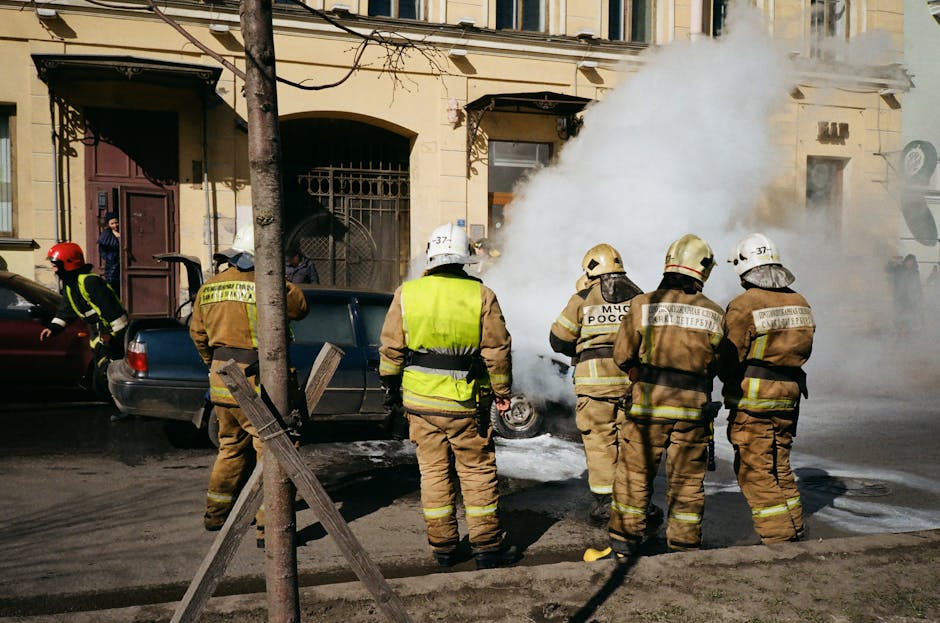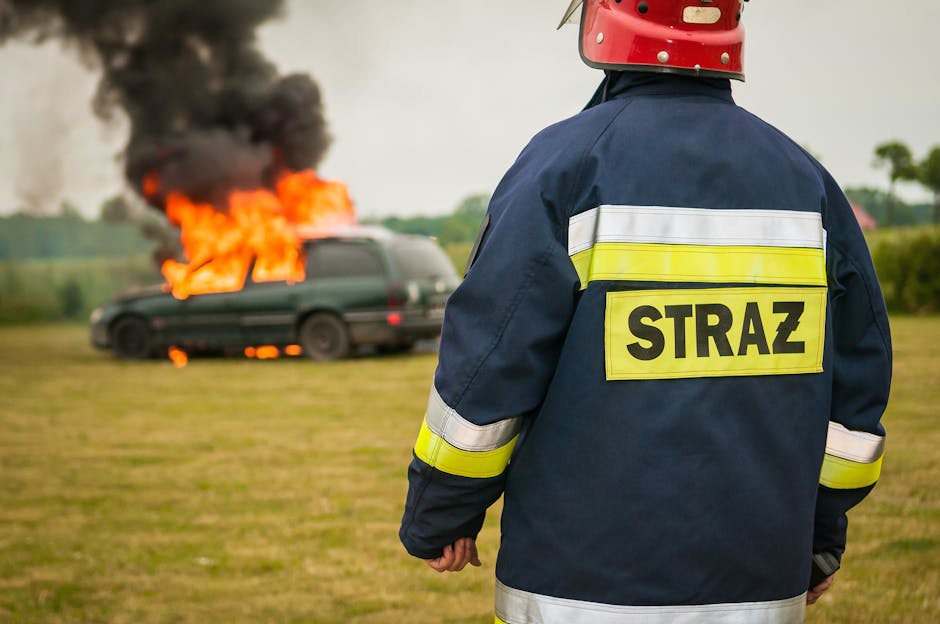Tips for Reducing Accident Risks
Accidents can happen anywhere, at any time, and to anyone. From slipping on a wet floor to getting into a car crash, the reality is that accidents are a part of life. However, there are steps that individuals, businesses, and communities can take to reduce the likelihood of accidents occurring. In this comprehensive guide, we will delve into various tips for reducing accident risks, exploring different strategies and best practices to promote safety and prevent harm.
The Importance of Accident Prevention

Accidents not only cause physical injuries and emotional trauma but also have financial implications for individuals and society as a whole. According to the World Health Organization (WHO), unintentional injuries are the leading cause of death for people aged 1-44, and they cost the global economy billions of dollars each year in medical expenses and lost productivity. By focusing on accident prevention, we can not only save lives but also reduce the economic burden associated with injuries and accidents.
Creating a Safe Environment

One of the fundamental ways to reduce accident risks is by creating a safe environment. This includes maintaining clean and well-organized spaces, providing proper lighting, installing safety equipment, and implementing clear signage. For example, in workplaces, employers can conduct regular safety inspections, provide appropriate training to employees, and enforce safety protocols to minimize the risk of accidents. Similarly, in residential areas, homeowners can ensure that their property is free of hazards such as loose rugs, uneven steps, or faulty electrical wiring.
Proper Training and Education

Educating individuals about potential hazards and how to mitigate risks is crucial for accident prevention. Training programs on fire safety, first aid, CPR, and defensive driving can equip people with the knowledge and skills to respond effectively in emergency situations. By promoting a culture of safety and providing ongoing education, organizations and communities can empower individuals to make informed decisions and take proactive measures to prevent accidents.
Implementing Safety Protocols

Establishing and enforcing safety protocols is essential for reducing accident risks in various settings. Whether it’s wearing personal protective equipment (PPE) in construction sites, following proper food handling procedures in restaurants, or adhering to traffic laws on the road, having clear guidelines in place can significantly decrease the likelihood of accidents. By setting standards for safety and holding individuals accountable for their actions, organizations can create a culture of responsibility and promote accident prevention.
Utilizing Technology for Safety
Advancements in technology have revolutionized the way we approach accident prevention. From surveillance cameras and sensors that detect potential dangers to safety apps that provide real-time alerts and emergency notifications, technology plays a crucial role in enhancing safety measures. For example, wearable devices that monitor vital signs can help prevent accidents by alerting individuals to potential health risks, while autonomous vehicles equipped with advanced safety features can reduce the incidence of car crashes. By leveraging technology effectively, we can improve safety standards and minimize accident risks in various environments.
Promoting Wellness and Wellbeing
Physical and mental health are closely linked to accident risks. Individuals who are fatigued, stressed, or under the influence of drugs or alcohol are more prone to making mistakes and engaging in risky behaviors that can lead to accidents. By promoting wellness and wellbeing through initiatives such as employee wellness programs, mental health resources, and substance abuse prevention campaigns, organizations can help individuals prioritize their health and reduce the likelihood of accidents. Additionally, encouraging work-life balance, regular exercise, and healthy eating habits can improve overall wellbeing and enhance safety in various aspects of life.
Emergency Preparedness and Response
Despite our best efforts to prevent accidents, emergencies can still occur. Being prepared to respond effectively in crisis situations is key to minimizing the impact of accidents and saving lives. Establishing emergency response plans, conducting drills and simulations, and ensuring that first aid supplies are readily available can help individuals and organizations respond swiftly and efficiently in emergencies. By practicing preparedness and fostering a culture of resilience, we can mitigate the consequences of accidents and protect the safety of those affected.
Continuous Improvement and Evaluation
Accident prevention is an ongoing process that requires continuous improvement and evaluation. By regularly assessing safety measures, identifying areas for enhancement, and implementing corrective actions, organizations can adapt to changing circumstances and address emerging risks effectively. Conducting incident investigations, analyzing near misses, and soliciting feedback from stakeholders can provide valuable insights into potential vulnerabilities and opportunities for improvement. By prioritizing a culture of learning and innovation, we can enhance our strategies for reducing accident risks and promoting safety.
Expert Opinions
According to Dr. Sarah Johnson, a renowned expert in occupational safety, “Accident prevention is not just about following rules and regulations. It’s about creating a culture of safety where everyone takes responsibility for their actions and looks out for one another. By fostering a sense of teamwork and accountability, organizations can significantly reduce the incidence of accidents and create safer environments for all.” Dr. Johnson’s insights highlight the importance of collaboration and communication in accident prevention efforts.
Conclusion
To wrap things up, reducing accident risks requires a multifaceted approach that encompasses creating safe environments, providing training and education, implementing safety protocols, leveraging technology, promoting wellness, and fostering emergency preparedness. By taking proactive steps to prevent accidents and prioritize safety, individuals, businesses, and communities can mitigate risks, save lives, and create a culture of resilience. Remember, accident prevention is everyone’s responsibility, and by working together, we can build a safer and more secure future for all.




